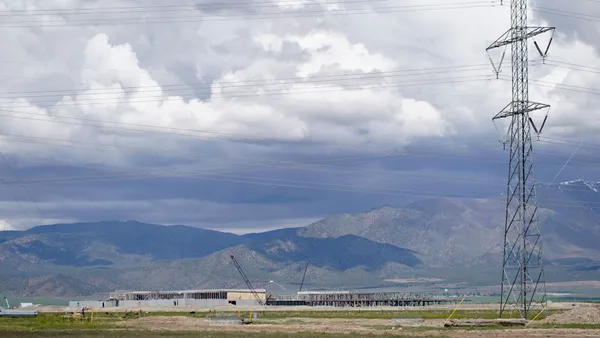Dive Brief:
- Ohio Republican State Senator Bill Seitz has announced a bill that would scrap the state’s renewable energy standard, enact a three-year hold on energy efficiency targets, and makes other changes to the state’s energy policy. The freeze would last until 2017, after which the original targets would come back into force.
- The bill threatens to unseat a compromise plan between regulators, utilities, and advocacy groups that would keep the state’s current energy efficiency and renewable energy mandates in place, but also makes significant changes, including protecting customers from utilities passing on the costs of lost revenue due to energy efficiency.
- Ohio has a 25%-by-2025 renewable energy standard. “Advanced” energy sources like nuclear power also count towards the goal.
Dive Insight:
Protecting customers is key to the compromise plan.
There are several cases currently under review by the Ohio Supreme Court, including an appeal by FirstEnergy hoping to overturn a PUC decision that the utility had overcharged rate payers by $43 million for renewable energy credits. FirstEnergy claims it needed the credits to avoid getting hit by the state’s renewable energy standards.
One of the key players in this debate is the Ohio Manufacturers Association. The group wants legislators to scrap several payment plans that protect utilities at the expense of their customers, including rate stabilization fees, “provider of last resort” fees, and other allowances for utilities to charge prices other than the going market rate.
AEP and FirstEnergy have publicly declared their support for the elimination of Ohio’s energy efficiency mandata. The idea of scrapping efficiency targets doesn’t sit well with environmental groups and the Ohio Manufacturers Association. Filings with the PUC reveal $1 billion in savings to date from utility efficiency programs, with $4 billion in projected savings over the next 10 years.















